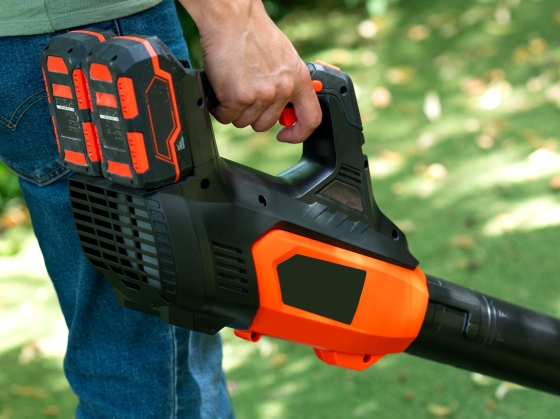Often times, heating or cooling devices are not operating at their maximum efficiency because their maintenance has been neglected.
Duct System
- Ensure that ducts do not have leaks. A leak loses the air (hot or cold) that the ventilation system is trying to disperse through the house.
- A leaky duct can account for 25% of the cooling costs a homeowner is spending on a utility bill.
- For more information regarding how to seal a leaky duct, please visit the Energy Star Website.
- Read through the instruction manual to see when product is scheduled for a periodic maintenance.
- Filter replacements may be needed, but simply cleaning dust buildup will often help to improve efficiency.
Fireplace
- If you no longer use the fireplace, plug and seal the chimney flue in order to avoid the unnecessary loss of cold or warm air.
- When a fire is not on, make sure to keep the damper closed in order to avoid allowing warm air to escape up the chimney.
- A smart alternative to using a wood burning fireplace would be to install a gas fireplace. A direct vent natural gas fireplace will help to prevent warm air from escaping out of your home.
Energy Star
Energy Star products are certified to make energy consumption more efficient for the environment, and for your wallet!
- Replacing a standard light bulb with Energy Star fluorescent bulbs will maximize the efficiency and life your light usage by 6 to 10 times.
- Changes from standard products to products with the Energy Star certification will often save you 10% on each new appliance/product upgrade.
Look for the Energy Star logo when you are purchasing products for your home or office; such as air conditioners, refrigerators, computer, windows, etc.
Visit the Energy Star website in order to find a complete list of products that feature the earth-friendly logo, ranging from small to large household products and appliances.
Windows
Windows are an essential portal from your home to the outside world, but they also have the potential to waste away the money you’re spending on your heating/cooling system.
Replacing Windows
- Purchase Energy Star rated windows in order to maximize comfort and save money on energy costs.
- Key vocabulary when purchasing new windows:
- U-Factor:Indicates how well the window insulates; the lower the U-Factor, the more efficient the insulation.
-
Solar Heat Gain Coefficient (SHGC): Determines how much heat the window allows to pass into the home; a lower SHGC will allow less heat to enter the house.
-
Glazing: Helps to contribute to a lower SHGC in order to keep the home cooler and avoid extensive use of the air conditioner.
Upgrading Already Existing Windows
- Install awnings over the windows to prevent direct sunlight from entering the home.
- Consider solar window screens for even more sun protection.
- Weatherize your windows by filling in gaps around the frames. This allows the windows to more effectively keep a consistent temperature within the home.
- Mount white window shades and drapes in order to deflect sunlight from entering the house.
The Energy Star website offers a comprehensive guide to obtaining energy efficient windows.
Solar Power
California hopes to make renewable energy, such as solar and wind power, 20% of its electricity by the year 2017.
Photovoltaic energy utilizes the sun’s natural energy to generate power inside or outside of the house.
Learn more about the monetary incentives California offers to homeowners who switch to using renewable energy.
Measuring Your Home's Energy Efficiency
How do I find a rater?
In order to determine the energy efficiency of your home you can have the property appraised to receive a Home Energy Rating System (HERS) report. To find a certified rater in your area click here.
What does the rating mean?
The rating measures how efficiently the home utilizes energy on a scale from 1-100, with higher scores denoting greater efficiency. Please visit the Energy Upgrade California website for more information.
What are the benefits?
If you decide to make upgrades to your home, contingent upon your rating, you may qualify for an Energy Efficient Mortgage (EEM). The EEM allows you to make the appropriate energy saving changes to your home and it factors in the cost during refinancing. For more information about receiving an EEM visit the Energy Upgrade California website.







